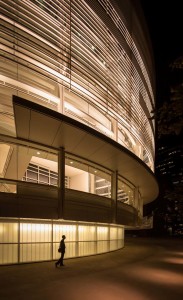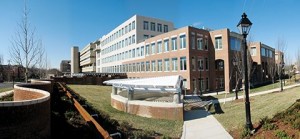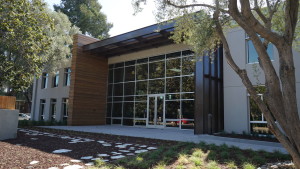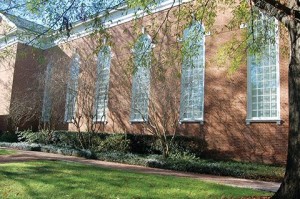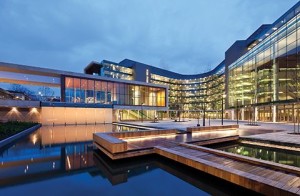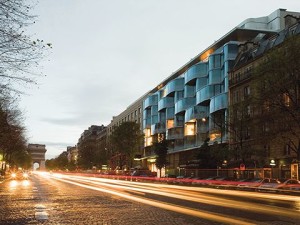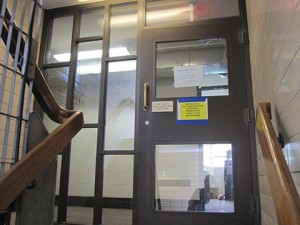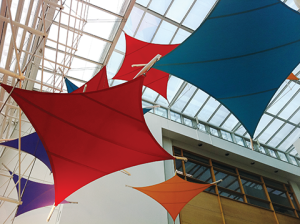Channel glass’ distinctive, self-supporting, U-shape makes it possible for design professionals to use glazing in new ways. The final part in this three-article series examines applications related to durability in the face of high winds, along with energy efficiency and colorfastness.
+ Read More
|
Channel glass’ distinctive, self-supporting, U-shape makes it possible for design professionals to use glazing in new ways. Part two of this three-article series explores aesthetic applications moving beyond simple curves.
+ Read More
|
As design professionals have grown more familiar with channel glass, many now recognize its benefits extend beyond harnessing daylight. The linear channel glass segments provide a depth and profile not found in conventional glazing.
+ Read More
|
Exposed to the extreme pressure released by an explosive mass, elements of the window or curtain wall assembly work together to withstand the blast load and dissipate its energy.
+ Read More
|
It is no secret architects have an affinity for glass. The sheer number of full-glass buildings emerging all over the United States speaks to the material’s panoptic appeal and its ability to create openness and connectivity to the outdoors.
+ Read More
|
When it comes to historic preservation projects, architects and installers can find themselves at a loss. Wood is the most traditional material, but also notoriously unstable. It has a tendency to warp and becomes vulnerable to rot, decay, and insects.
+ Read More
|
Insulating glass (IG) units—or IGUs—have come a long way in the past 70 years. Originally mass-produced in the early 1940s to decrease noise and increase passenger comfort in Pullman railroad cars, the technology has transcended that mobile application.
+ Read More
|
Bent glass is a trend that has worked its way from sculptures and interior décor to becoming a major component of buildings’ exteriors. A modern, aesthetically pleasing design element, this glazing literally throws a curve into a façade, making people look twice and admire its unique structure.
+ Read More
|
For decades, traditional wired glass—with its crisscrossed wires creating diamonds or squares—was installed in buildings around the world. Thanks to its ability to remain intact even when broken, it was the first and, for years, only form of glazing available for fire door assemblies in schools, hospitals, etc.
+ Read More
|
Skylights are effective for allowing daylight into buildings. However, this needs to be properly managed to ensure spaces are not flooded with too much daylight and the risk of glare is mitigated.
+ Read More
|
|
|




